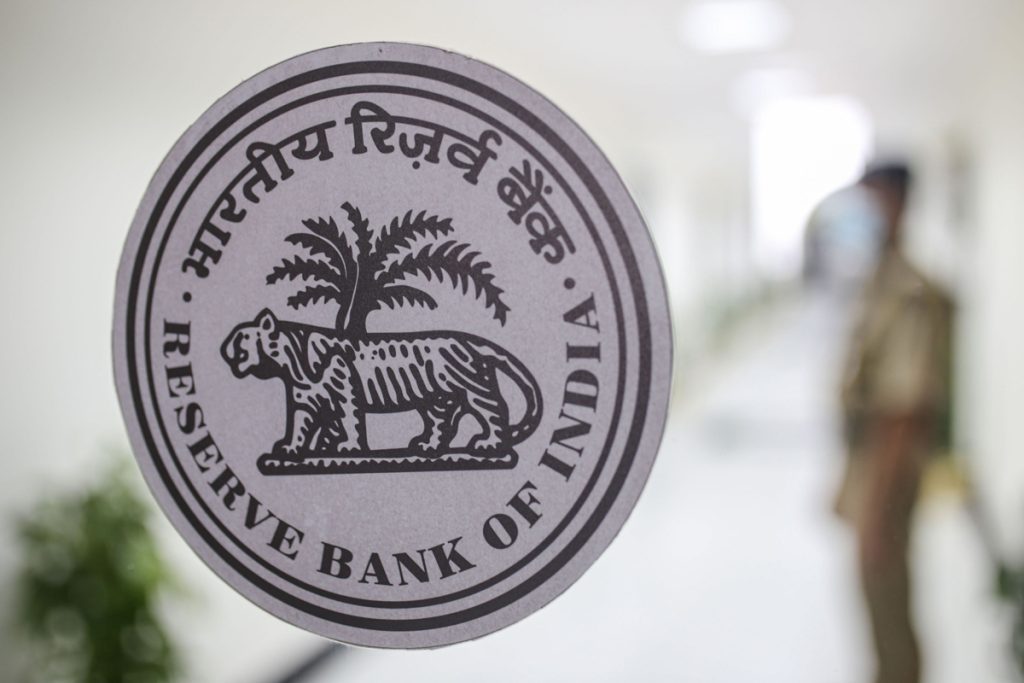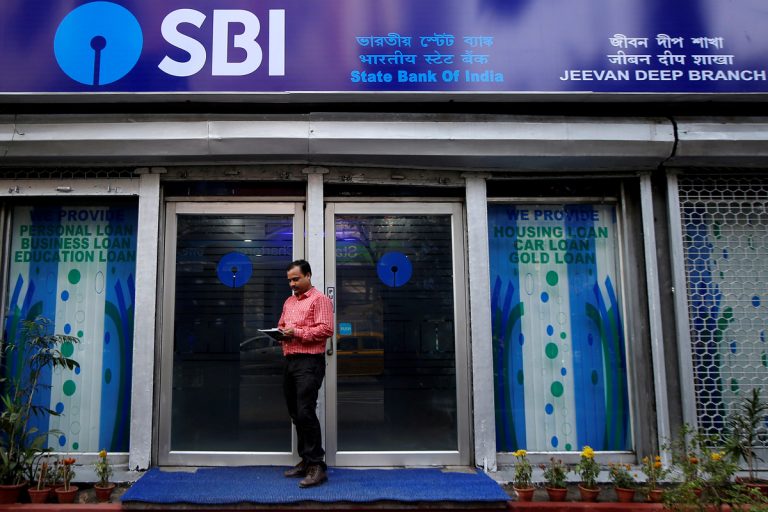Rating agency Fitch has flagged the likelihood of Indian banks’ profitability taking a hit in FY24, due to increased pressure on their net interest margin (NIM) amid repeated hikes in deposit rates.
Banks in India have increasing deposit rates to attract funds to support sustained high loan growth, says Fitch Ratings.
The agency raising doubts on profitability of Indian banks assumes added significance amid the increased scrutiny they are subjected to of late over their exposure to the embattled Adani Group, which has been facing a rout in its stock prices following serious allegations of stock manipulation and accounting fraud by the US short-seller Hindenburg Research.
Read More on the Topic:
- India budget 2023: Winners and losers
- India makes residents’ overseas investments in property, stock prohibitive with 20% tax on foreign remittances
- Reserve Bank of India says no foreign investment cap on sovereign green bonds
“We expect the Indian banking sector’s average NIM to slightly contract by about 10 basis points (bp) in FY24 to 3.45 percent, following a 15 bp increase in FY23 to 3.55 percent,” Fitch said in a report issued on Sunday.
It said this contraction is consistent with the lagged normalisation in deposit rates, although banks should be able to offset some of the impact as they gradually pass-through policy rate hikes to corporate loans, which are typically slower to reprice than retail and SME loans.
“However, loan growth continuing to outstrip deposit growth – as seen in the past few months – is a potential risk to our assessment,” the agency said.
NIMs could face greater pressures if banks are forced to increase deposit rates further and turn to wholesale funding, for which costs are rising, the report said.

“The risks could be potentially pronounced if higher interest rates are unable to meaningfully moderate credit demand and increase deposit inflows as we expect under our base case,” Fitch said.
Expansion of the Indian banking sector
The Indian banking sector’s average loan growth reached 17.5 percent in the first half of FY23, with the trend continuing in December 2022 as per the latest central bank data, compared with Fitch’s full-year estimate of 13 percent for FY23.
This is partly driven by pent-up credit demand and normalisation of excess savings built up during the pandemic, as well as corporate borrowers migrating from the local bond markets towards banks given the significant hardening in bond yields.
Banks will likely enjoy some pricing flexibility due to this shift, but competition among them for market share will eventually limit their ability to pass on the increase in funding costs to borrowers, the agency said.

Risky sectors
The expansion in banks’ NIM in recent years to 3.5 percent in the first half of FY23 from 2.9 percent in FY19 by its estimates was due to a decline in funding costs driven by a sustained period of low credit demand and high liquidity, rather than higher loan pricing, the agency said.
It noted that the sector’s increased focus on higher-yielding segments, like unsecured personal loans, credit cards and consumer durable loans, may have helped somewhat.
The report said that a significant share of banks’ loan books in safer but lower-yielding segments, such as housing loans, project financing especially roads, non-banks and guaranteed credit to small businesses, passing through increases in funding costs would be progressively challenging, despite floating interest rates on 93 percent of loans at FY22.








